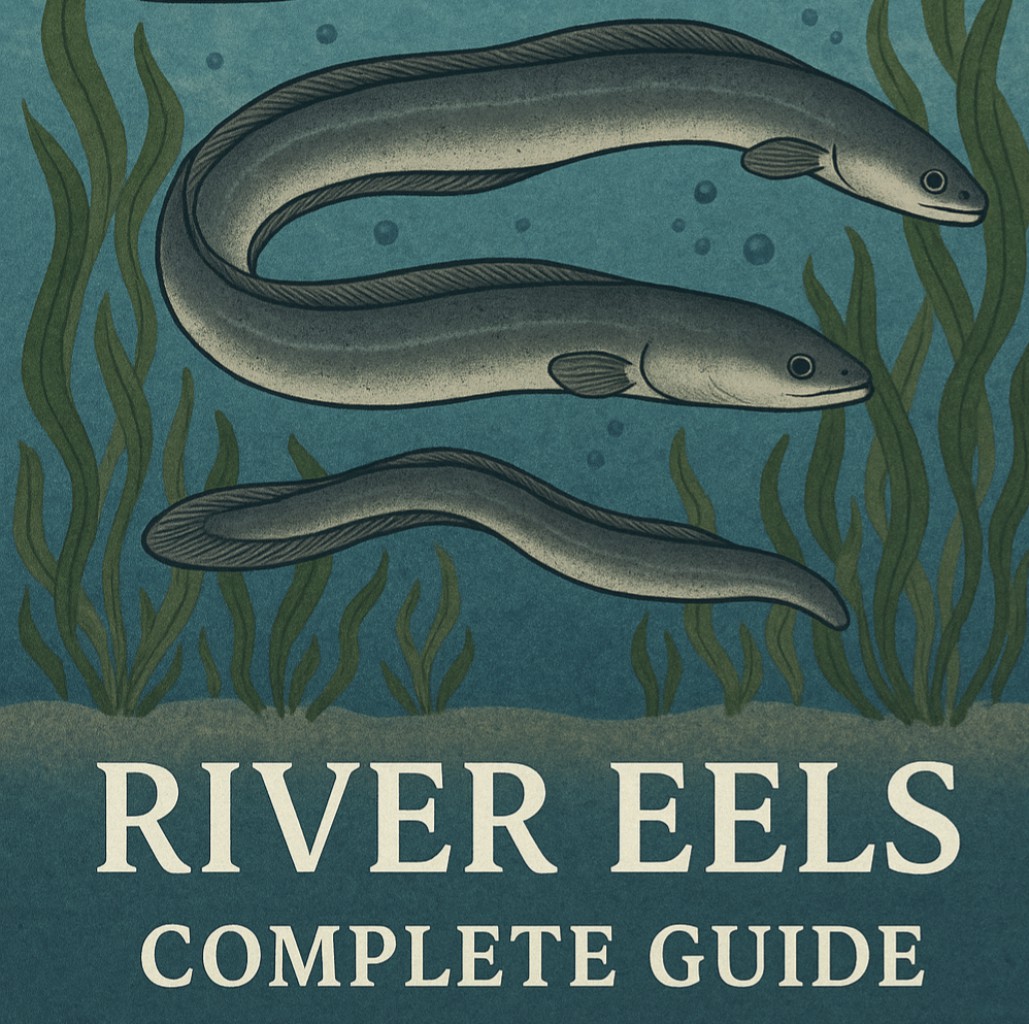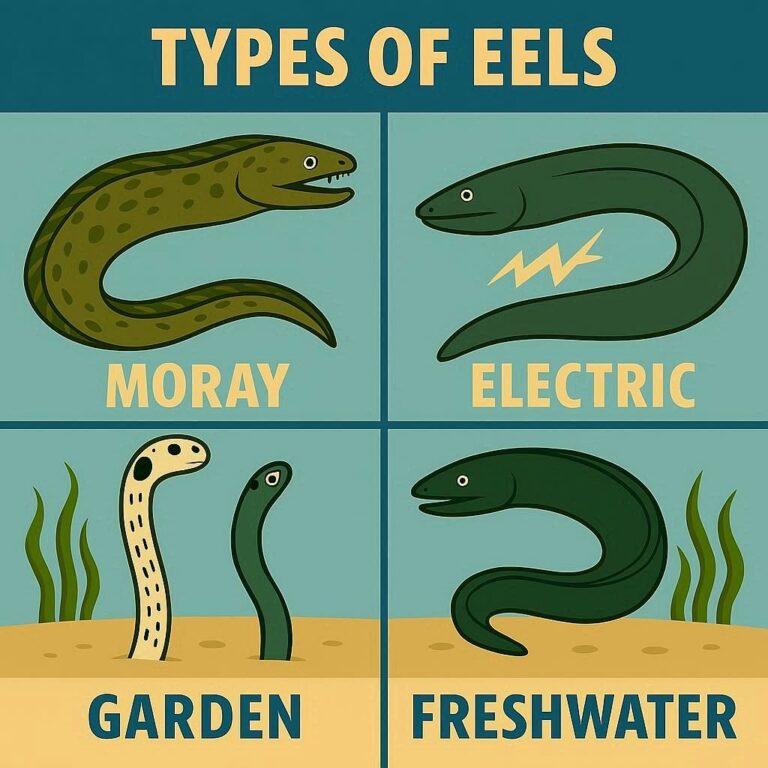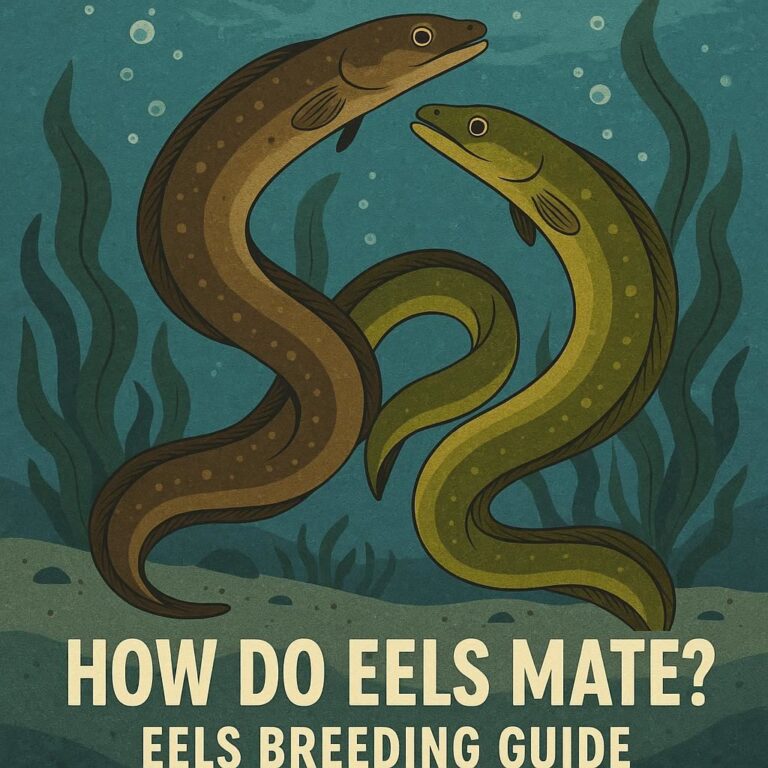
River eels are fascinating creatures that inhabit freshwater ecosystems around the world. With their elongated bodies and secretive nature, they have captivated the curiosity of scientists and nature enthusiasts alike. In this comprehensive guide, we will delve into the world of river eels, exploring their characteristics, behavior, habitat, and ecological significance.
1. Anatomy and Physical Characteristics
River eels have a distinct body structure that is adapted for their aquatic lifestyle. They possess elongated bodies covered in slimy, mucus-coated skin, which allows for smooth movement through water. Their prominent jaws are equipped with sharp teeth, enabling them to capture their prey effectively. Eels also have a long, continuous fin that extends along their undersides, aiding in swimming and maneuvering.
2. Diversity and Species
River eels belong to the family Anguillidae, which includes several species found in rivers and freshwater systems worldwide. Some notable species of river eels include the European eel (Anguilla anguilla), American eel (Anguilla rostrata), and Japanese eel (Anguilla japonica). Each species has its own unique characteristics and distribution.
3. Habitat and Distribution
River eels are primarily found in freshwater habitats, including rivers, streams, lakes, and swamps. They are highly adaptable and can tolerate a wide range of environmental conditions. River eels are distributed across different continents, with some species having specific geographic ranges while others are more widespread.
4. Life Cycle and Migration
The life cycle of river eels is a remarkable journey that involves both freshwater and marine environments. Eels undergo catadromous migration, where they spawn in the ocean but spend most of their lives in freshwater. Juvenile eels, known as elvers, migrate from the ocean into rivers and lakes, where they grow and mature. When they reach adulthood, they undergo a long migratory journey back to the ocean to spawn.
5. Feeding Behavior and Diet
River eels are carnivorous predators, feeding on a variety of aquatic organisms. They are opportunistic feeders, preying on fish, crustaceans, insects, and even small mammals or birds that venture into the water. Eels use their keen sense of smell and excellent camouflage to ambush and capture their prey.
6. Ecological Importance
River eels play a crucial role in freshwater ecosystems. As both predator and prey, they contribute to the balance of aquatic food webs. Eels are known to control populations of small fish and invertebrates, helping to regulate their numbers. They also serve as a valuable food source for larger predatory species, such as birds and other fish.
7. Threats and Conservation
River eels face numerous threats to their survival. Overfishing, habitat degradation, pollution, and barriers to migration, such as dams, pose significant challenges. As a result, many eel populations have experienced declines in recent years, leading to conservation efforts to protect and restore their habitats and promote sustainable fishing practices.
8. Cultural Significance
River eels have long held cultural significance in many societies. They have been a food source and cultural icon for various indigenous communities, featuring in traditional cuisines and folklore. Eels have also become a subject of interest in recreational fishing, drawing enthusiasts who appreciate the thrill of catching these elusive creatures.

Conclusion
River eels are remarkable inhabitants of freshwater ecosystems, displaying unique adaptations and behaviors. Their migratory journeys, feeding habits, and ecological roles make them an integral part of aquatic ecosystems. However, they face various challenges that threaten their populations, highlighting the importance of conservation efforts to ensure their survival and maintain the delicate balance of our freshwater habitats.
FAQs (Frequently Asked Questions)
- Can river eels survive in brackish water or saltwater habitats? While river eels primarily inhabit freshwater environments, some species, such as the European eel, have the ability to tolerate brackish water and even venture into estuaries or coastal areas.
- Are river eels dangerous to humans? River eels are generally not dangerous to humans unless provoked or mishandled. It’s essential to treat them with respect and avoid handling them unnecessarily to prevent injury.
- Are river eels commercially important? Yes, river eels are commercially important in many regions, where they are harvested for food or used in aquaculture. However, due to declining populations, sustainable fishing practices are crucial to ensure their long-term sustainability.
- Are river eels kept as pets? Some species of river eels, such as the Asian swamp eel, are kept as pets in home aquariums. However, it’s important to research their specific care requirements and ensure appropriate housing conditions are provided.
- Do river eels have predators? River eels may have natural predators in their habitats, including larger fish species, birds of prey, and mammals such as otters. However, their elusive nature and nocturnal behavior help them avoid predation to some extent.






